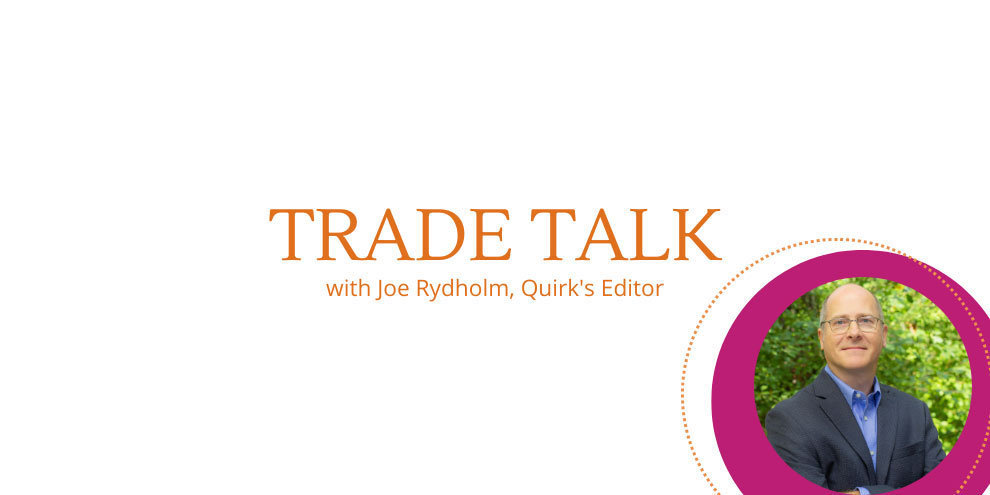Interacting with other people is one of the core ways we display (or in some cases, refute) our humanity. It’s also, of course, a key part of the marketing research process.
At the time of this writing in early April, most of us here in the U.S. are under some kind of stay-at-home order, limiting our in-person interaction to family members or six-foot distances from neighbors and those we may encounter on trips to the grocery store.
While there are some hopeful signs (though it feels so wrong to label death tolls that aren’t as bad as those of the day before as “hopeful”), the prognosis for the next several weeks is bleak. And there are no guarantees that once this first major wave of infections subsides there won’t be others that keep many forms of research from being conducted.
As an industry, after some resistance in the early days of the internet, marketing research has been an enthusiastic adopter of technology, steadily developing tools to take advantage of tech’s facilitation of new forms of interviewing, data collection and data analysis. As a result, when face-to-face marketing research effectively stopped following the coronavirus outbreak, my in-box was flooded by e-mails from the various tech-driven marketing research firms touting their abilities to keep uncovering insights for clients.
It’s hard to know whether the recent celebrations of qual-based methods as welcome providers of color and nuance to passive data are an enduring trend or a passing fancy but given the psychological impacts that this outbreak will have on our lives, the ability to take deep dives is more important than ever.
How else can we find answers to questions such as:
- Will we change our saving and investment habits and replace planning for an uncertain tomorrow with a carpe diem attitude?
- Will we travel more, after being cooped up for so long, or less, wanting to stay home and close to our loved ones, lest another outbreak occur in the place we visit?
- Will the habit of ordering-in become even more entrenched because of the convenience and comfort or will we all be so sick of our own kitchen tables that we are desperate to eat our meals in new and more interesting settings?
- Will we, after an initial explosion of buying fueled by pent-up demand, transform into a nation of savers, scared to death of again getting caught unprepared for months out of work?
- Will homeowners and homebuilders follow the prepper crowd and start adding bunkers and extra supply-storage rooms to survive the next pandemic?
- Will there be an explosion of interest in crafts and DIY, as mask-making and other skills become more than just useful hobbies?
- Will enrollments in medical and nursing schools plummet, as the country grapples with a generation of health care workers crippled by PTSD after the horrors they have witnessed on the job?
- Will disinfecting become a daily ritual, giving rise to a host of new disposable products for cleaning all of the places and surfaces we come in contact with?
- Will a start-up make in-home health testing technology as common as the mobile phone?
- Will food makers offer versions of popular products in forms that have longer shelf lives, are easier to prepare or take up less space?
- Will companies rethink the need to have so many on-site employees, based on the experiences of millions who are working from home during the outbreak?
More essential
I have no illusions of a return to business as usual any time soon, not with so many lives lost or permanently altered, so many variables still in play. But if we are able to get through this, I can’t think of another industry that will be more essential to helping businesses, organizations and governments plan a way forward than ours.
